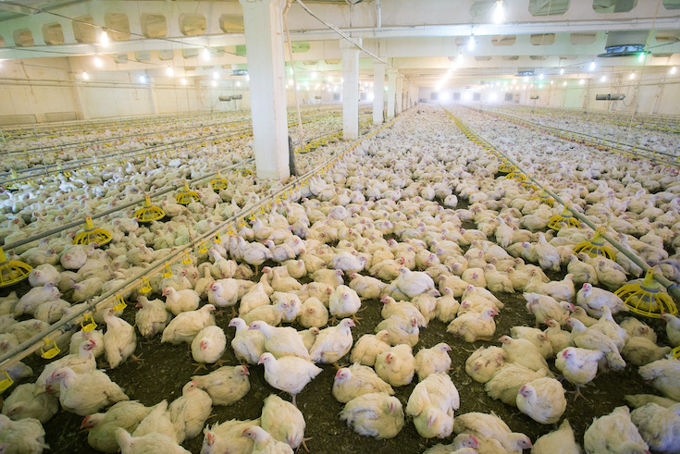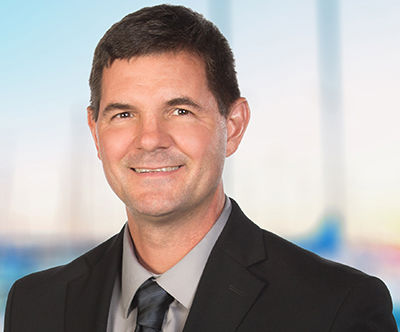
State Water Control Board Adopts More Stringent Requirements for Poultry Industry
Stricter Regulations to Manage Impact of Poultry Industry
Poultry operations have been a topic of concern on Virginia's Eastern shore, including how poultry farming operations are harming the Eastern Shore environment and COVID-19's impact on the poultry industry. We examine the tension that exists between the large poultry operations which make up the majority of the economic activity on the northern portion of the Eastern Shore, and local residents who are concerned about the environmental and health impacts associated with these operations.
On December 9, 2020, the State Water Control Board (“the Board”) added stricter requirements to its regulation governing poultry growers, poultry waste brokers, and poultry waste end-users. These regulations are found at 9 VAC 25-630-10 to 80. The poultry industry uses enormous chicken houses which hold hundreds of thousands of birds.
Any poultry operation that confines 20,000 chickens or 11,000 turkeys is classified as a “confined poultry feeding operation” (9 VAC 25-630-10 is the part of the regulation that has definitions). The part of the regulation titled “Duty to Comply” (9 VAC 25-630-25(A)) mandates that the poultry grower who operates a confined poultry feeding operation must comply with the general permit (found at 9 VAC 25-630-50), unless the poultry grower has obtained an individual permit or a Virginia Pollutant Discharge Elimination System (VPDES) permit.
What Will These New Amendments Require?
For perspective, there are currently almost 1,000 of these confined poultry feeding operation facilities in the Commonwealth, most of which are located on the Eastern Shore, and these confined poultry feeding operations have a large impact on the environment. The poultry industry contributes $13 billion dollars annually to the Commonwealth’s economy, supports about 1,000 family farms, and provides employment for 15,000 people.
Existing law already prohibited any “point source” discharge from a confined poultry feeding operation into surface waters (except in the case of a major storm event), and established tracking, utilization, and storage requirements for the enormous amount of fecal waste produced by the birds in these facilities.
These requirements grew out of the General Permit that the Board issued in 2000, which had a 10-year life. It was renewed in 2010 for another 10-year period. The hearing on December 9 renewed the General Permit yet again, for another 10 years, while simultaneously imposing new requirements.
The amendments add stricter requirements for poultry waste storage and confined poultry feeding operation facility designs. They also increase the record keeping and reporting requirements for end-users of poultry waste. The amendments include a new requirement to keep poultry waste at least 200 feet away from any occupied dwelling not located on the permittee’s property (unless the occupant signs a waiver of this requirement), and a new requirement to keep all impervious surfaces free of poultry waste.
Large pile of chicken manure ("litter") stored in the open air
( Matauw / Shutterstock.com)
Concern from the Public and the Industry
The Board received an unusually high number of comments (634), a clear indication of the degree of concern surrounding this issue among both the public and the poultry industry. On the Eastern Shore there are many in the public and in the environmental community who believe that the immense quantity of fecal waste (“litter”) generated by confined poultry feeding operation pollutes groundwater and the Chesapeake Bay. The majority of the public comments were from citizens or environmental groups in favor of the additional requirements. However, not everyone was in favor of the changes.
The industry and poultry farmers raised their concern about the administrative burden associated with the new requirements. There were over one hundred farmers who explained how the new waste reporting requirements would have negative financial impacts on their operations with no resultant environmental benefit. Many were also worried that the additional regulations would make it more difficult to transfer waste from their farms, pointing out that this could reduce certain beneficial uses of poultry waste such as its use as fertilizer for crops.
It could also have the unintended consequence of causing the waste to remain on the farms for longer periods of time in uncovered areas, since many confined poultry feeding operations do not have covered areas on their farms in which to store the waste. Ironically, they pointed out, this could lead to increased pollution runoff into the Chesapeake Bay.
Concerns of "End-Users"
The majority of the comments received from farmers and industry concerned the proposed end-user reporting requirement. “End-users” are people who take delivery of chicken waste. The regulation (9 VAC 25-630-10) defines them as “any recipient of transferred poultry waste who stores or who utilizes the waste as fertilizer, fuel, feedstock, livestock feed, or other beneficial end use for an operation under his control.” These people consist mostly of local farmers who use the waste as fertilizer.
Many of these end-users feel that the new requirements are redundant and burdensome. Large numbers also worried that the data from the additional reporting requirements would be available to competitors and anti-poultry advocacy groups via Freedom of Information Act (FOIA) requests. Their two main concerns are that competitors could get access to proprietary information such as customer lists, and that advocacy groups could take the reports out of context or distort them to serve their agenda. Of note, as a result of these comments the DEQ did make several changes to protect some of this information.
Exterior view of a modern poultry farming operation
( Krzysztof Slusarczyk / Shutterstock.com)
Impact of Runoff on the Environment
Hundreds of comments were submitted by members of the public in favor of more stringent regulations. Most of these citizens were concerned about the amount of runoff from the litter that ends up in the Chesapeake Bay where it can cause algal blooms, resulting in harm to sea life and potentially impacting one of Virginia’s other major employers, the seafood industry. They explained that air quality is harmed by the large confined poultry feeding operations, due to the amount of ammonia that the confined poultry feeding operations put into the air, with comparable damage to soil and water also caused by ammonia.
Several also pointed out that when poultry waste is used to fertilize crops it results in a large amount of phosphorous being placed onto the land and running into the water. This is particularly true in Accomack County where high phosphorus loads have been measured in the land and water near fields that use chicken waste as fertilizer.
After considering all the comments both for and against the proposed amendments, the Board voted unanimously (6-0) to reissue the general permit requirement with the new additional requirements. This regulation will remain in effect for the next ten years.
If you need legal advice concerning this new regulation, our waterfront law team is ready to help. Give us a call at (757) 777-6382 or click here to schedule your consultation.
